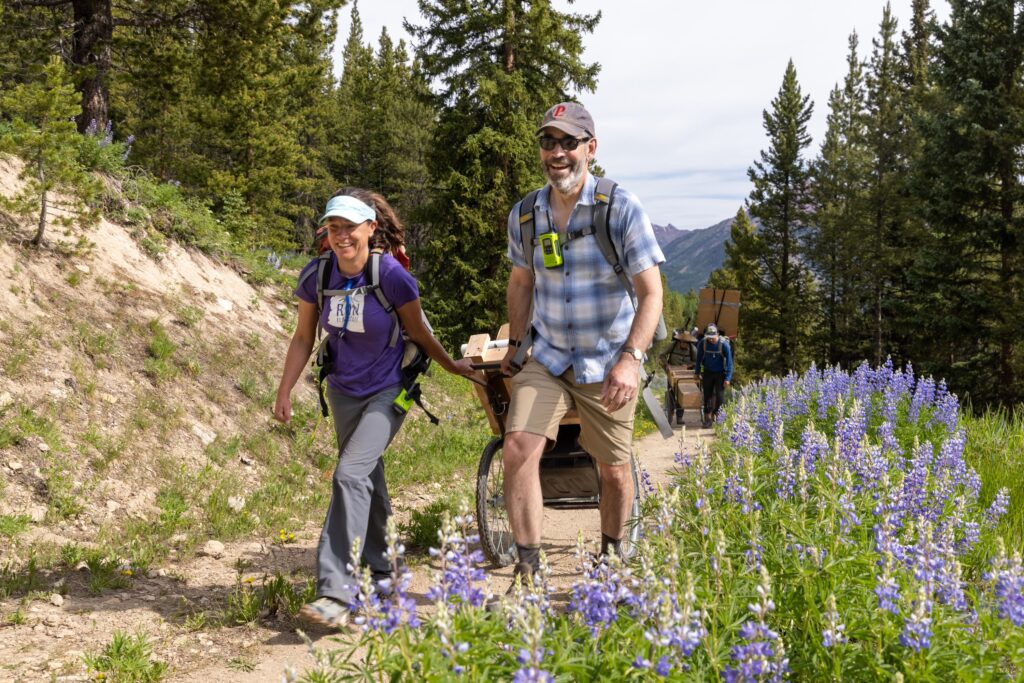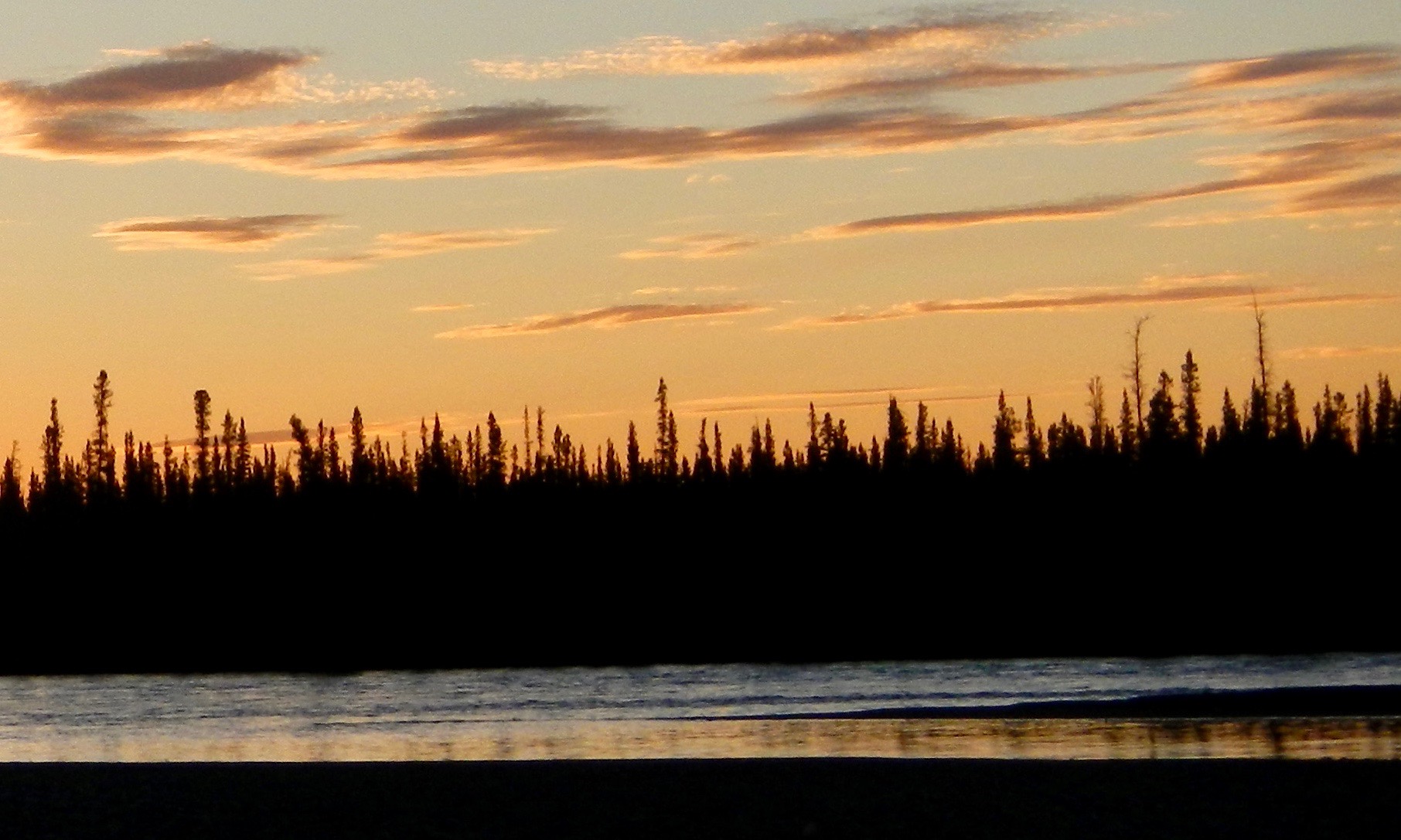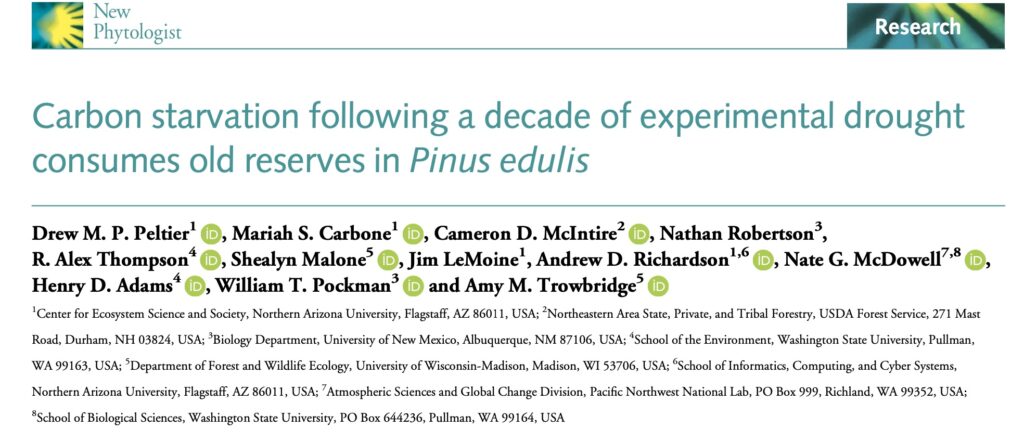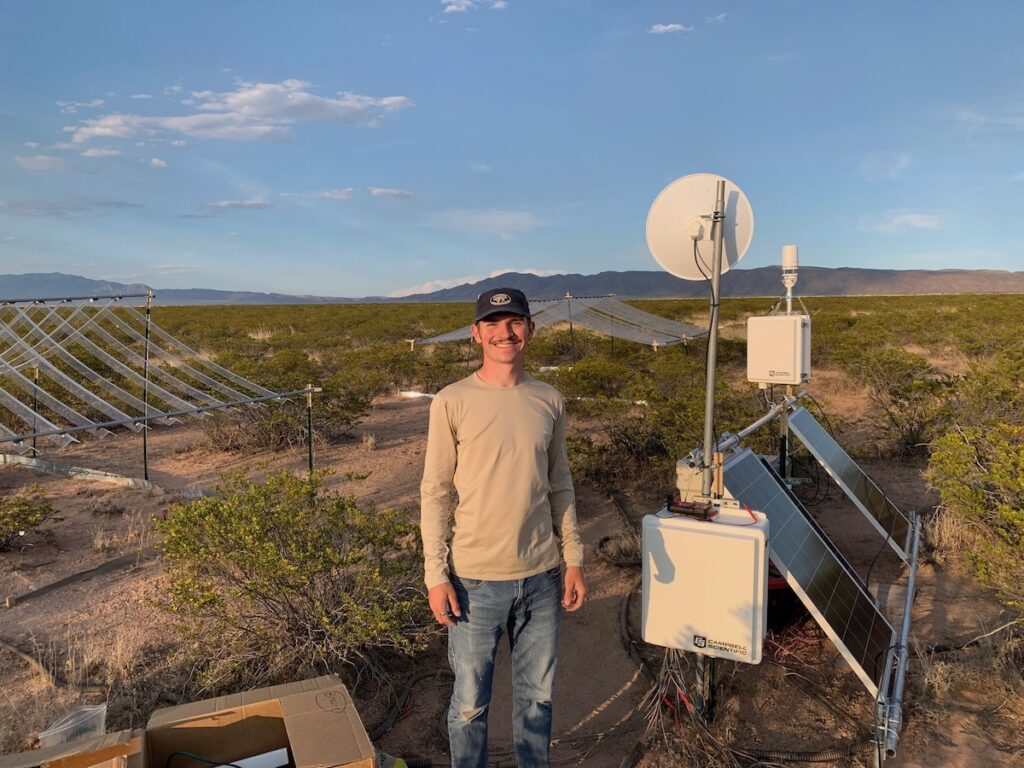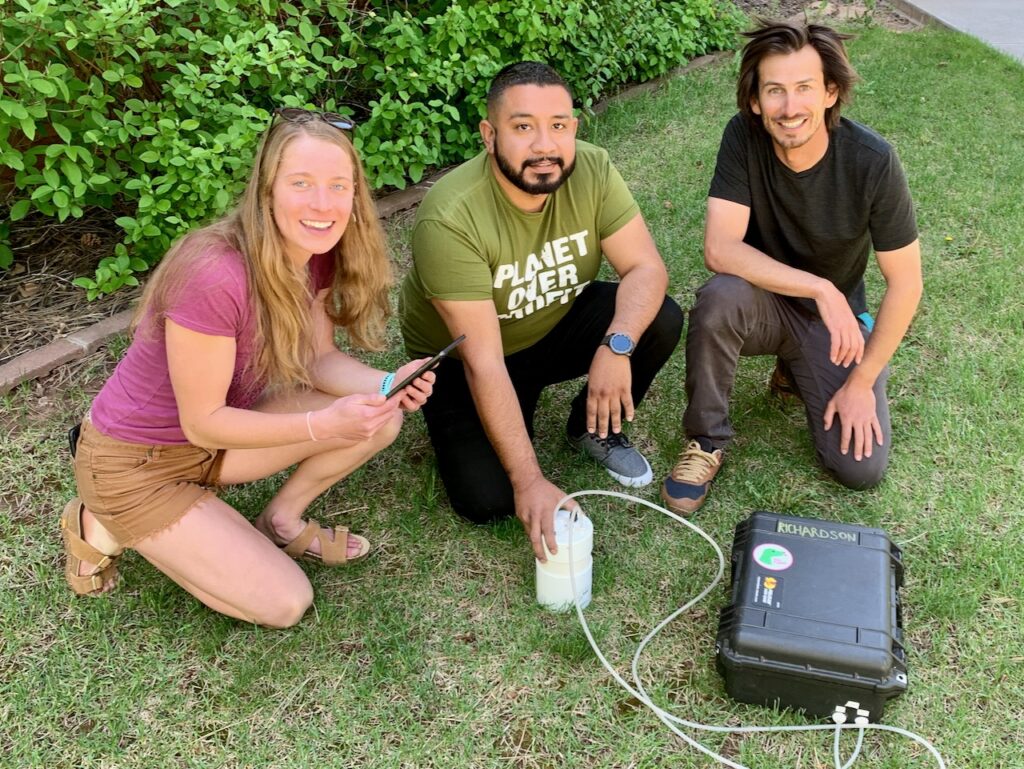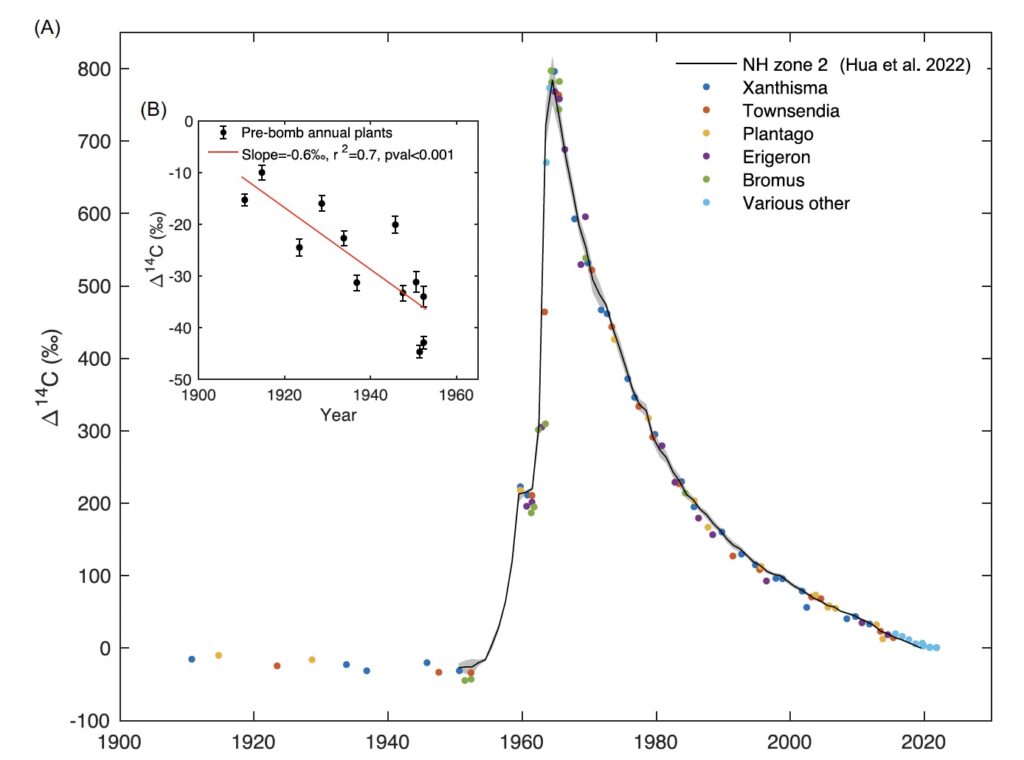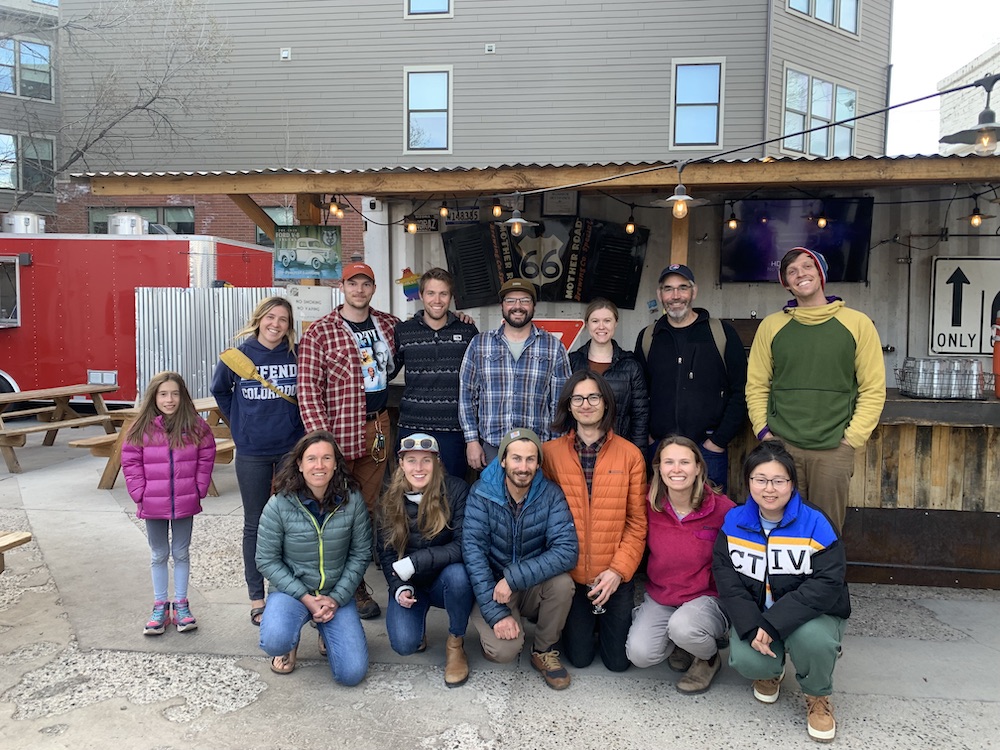PI Mariah Carbone’s $1 million proposal to the Department of Energy’s Environmental System Science (ESS) program, “Responses of plant and microbial respiration sources to changing cold-season climate drivers in the East River watershed”, was selected for funding. The project team includes Mariah, Andrew, Ben Lucas (Math & Stats, NAU), and PhD student Austin Simonpietri, as well as NCAR collaborators Adrianna Foster and Will Wieder. The research will take place at the Rocky Mountain Biological Laboratory, near Crested Butte, CO. Read the NAU Review article here.
